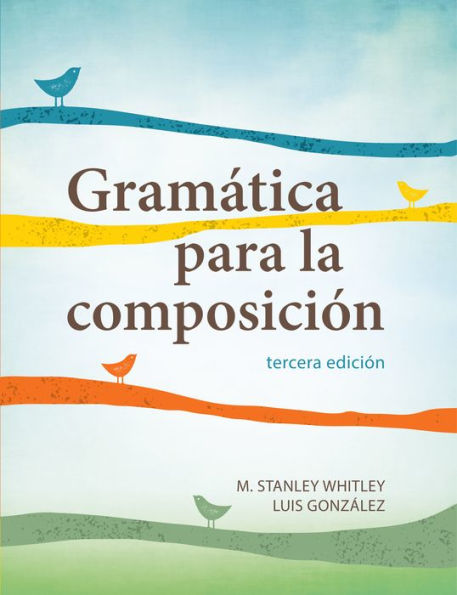5
1
9781626162556


Gramática para la composición: tercera edición / Edition 3 available in Paperback

Gramática para la composición: tercera edición / Edition 3
- ISBN-10:
- 1626162557
- ISBN-13:
- 9781626162556
- Pub. Date:
- 01/01/2016
- Publisher:
- Georgetown University Press
- ISBN-10:
- 1626162557
- ISBN-13:
- 9781626162556
- Pub. Date:
- 01/01/2016
- Publisher:
- Georgetown University Press

Gramática para la composición: tercera edición / Edition 3
$79.95
$79.95
Temporarily Out of Stock Online
$65.17
$79.95
Save 18%
Current price is $65.17, Original price is $79.95. You Save 18%.
Temporarily Out of Stock Online
79.95
Out Of Stock

Product Details
| ISBN-13: | 9781626162556 |
|---|---|
| Publisher: | Georgetown University Press |
| Publication date: | 01/01/2016 |
| Edition description: | tercera edición |
| Pages: | 560 |
| Product dimensions: | 8.50(w) x 10.90(h) x 1.00(d) |
| Language: | Spanish |
| Age Range: | 18 Years |
About the Author
From the B&N Reads Blog
